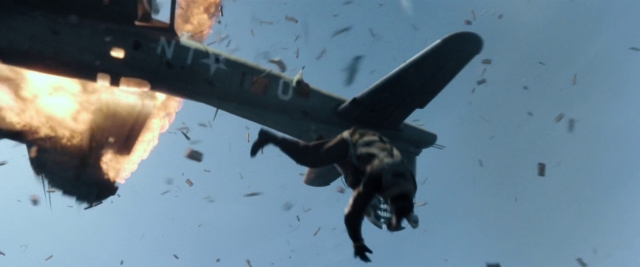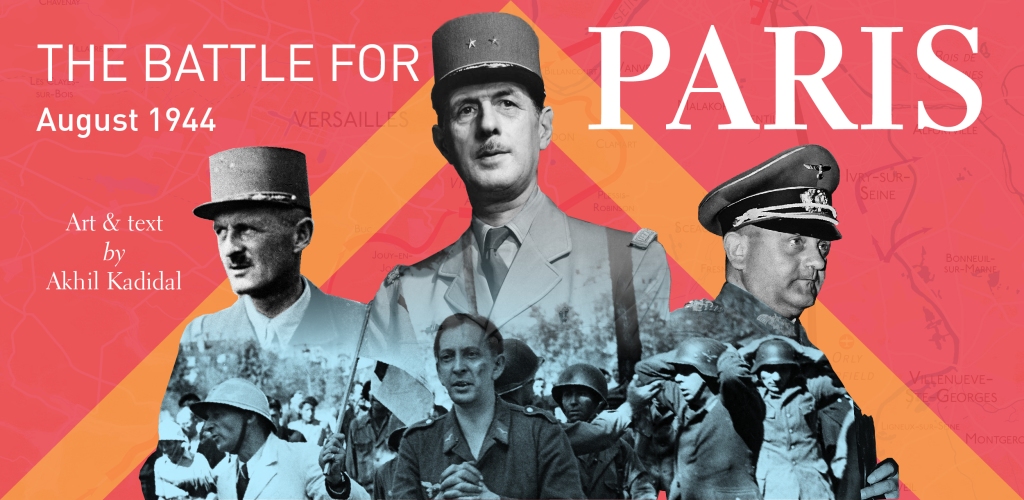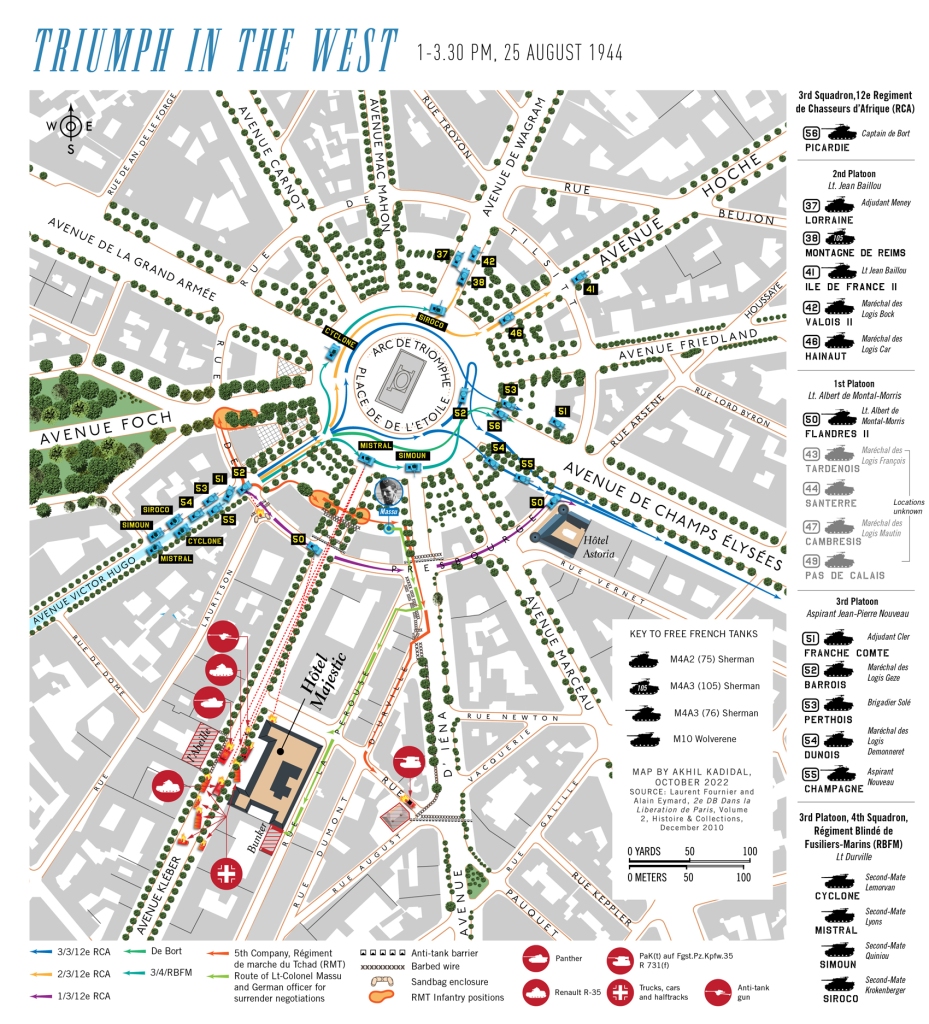
Since the finale of the WWII TV show “Masters of the Air” aired weeks ago, hundreds of media articles have emerged, talking about the “true stories” behind the show. Most are incomplete, repetitive. The following piece will try to provide a historical context to the events portrayed in the show, accompanied by the usual raft of custom infographics.
Please be advised that the following contains spoilers.
Some of the greatest war stories ever told are of units on the brink of destruction and among them, in the European theater of war in World War II, is the tale of the American 100th Bomb Group. The group’s story is now the subject of a new TV drama produced by Steven Spielberg and Tom Hanks as a follow-on to their critically acclaimed Band of Brothers (1998) and The Pacific (2010), in what could be the final salvo of their World War II trilogy.
Assembled stateside in June 1942 and shipped out to England in February 1943, the 100th Bomb Group was part of a massive military experiment: the first daylight strategic bombing campaign of an adversary.

This placed it dead center in an unforgiving war fought at 25,000 feet, at temperatures of -50 Fahrenheit against a Nazi foe with some of the finest technology and combat veterans that could be mustered. The Nazis had declared “Total War” (Der Totale Krieg) in February 1943, a state of being meant to achieve victory in the war in the shortest time space by enhancing home front activities and combat operations. Facing such an enemy, the 100th, as an ill-disciplined unit with cavalier officers, became ill-fated and subject to such bloodletting that it became known as “The Bloody Hundredth.”
Masters of the Air (2024), supposedly based on the Donald L Miller history of the same name, tries to be a soaring finale to the Spielbergian view of the American WWII experience, the “good war”: decency versus barbarism, can-do initiative versus clumsy totalitarianism.
Origins
The 100th was a core member of the England-based American 8th Air Force (the “Mighty Eighth”) which tried to blast the German war machine off the face of the map. The Eighth’s “ships,” as the men called their Boeing B-17 heavy bombers, represented a view of American masculinity: strong, rugged, resplendent with gleaming Plexiglas, bristling with guns, an extension of the old west, and decorated with all manner of squadron heraldry and artwork, primarily Disney cartoon characters or gaudy pinup girls. In fact, the rule of thumb appeared to be: the gaudier the art, the better.

Some men called their machines, “flying porcupines,” but the US Army Air Force (USAAF) preferred the name, “The Flying Fortress.” The B-17’s raiding partner was the Consolidated B-24 Liberator which gets zero screen time in the TV series.
Across B-17 and B-24 bases, the “ops” always began the same: a fleet of jeeps racing towards planes assigned on the mission, men with anxious faces and shouting voices. A green flare launched from the control tower indicating to men in the cigar-shaped hulks that the moment had come. They were to return once again to the lion’s den where some had gone before and had never lived to tell the tale.
In the spring of 1943, when the 100th appeared on the scene, 8th Air Force was a neophytic army, the US Army Air Force’s (USAAF’s) newest progeny. Its inception on 1 February 1942 had come with a twin caveat: sustain the primary American air effort against Nazi Germany and validate the controversial pre-war concept of strategic bombing.
The Eighth’s leading elements arrived in England shortly after – a scant two months after the Japanese attack on Pearl Harbor.
In comparison to tactical air power, tested on the battlefields of France in the latter part of World War I, strategic air warfare was a new idea. As US historians put it: “Strategic bombing bears the same relationship to tactical bombing as a cow does to the pail of milk. To deny immediate aid and comfort to the enemy, tactical considerations dictate upsetting the bucket. To ensure eventual starvation, the strategic move is to kill the cow.”
The 8th Air Force’s singular objective was to incapacitate Germany by air before the first American troops set foot on occupied Europe. This, it did not achieve, but without the Eighth’s presence, Allied victory over Nazi Germany would have been more costly and less assured. The Eighth’s war was spread across an unprecedented and bloody 39 months, battle-torn and replete with massive losses. The Eighth suffered more deaths than the entire US Marine Corps (USMC) did during the Pacific campaign, Miller writes.
The statistics are sobering. The Eighth lost at least 6,333 aircraft of all kinds in combat during the war, 26,000 men killed in action, 18,000 men wounded and 28,000 men captured. The 100th Bomb Group alone lost 177 bombers in combat and suffered 1,756 casualties. (See Roger Freeman’s 8th Air Force War Diary, Eighth Air Force History & Statistical summary of Eighth Air Force operations European theater, 17 Aug. 1942 – 8 May 1945, HQ Eighth Air Force, June 1945) The USMC’s total fatalities in World War II were between 19,733 and 24,511 personnel. (USMC University/National WWII Museum)

















